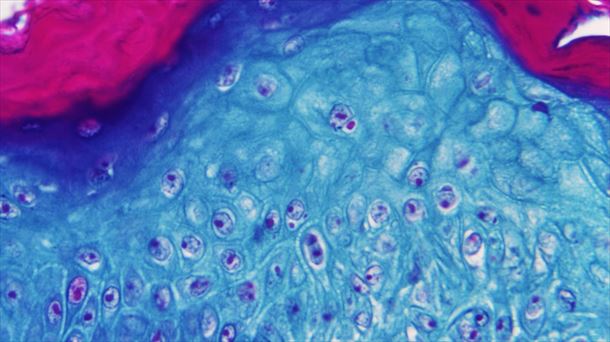Christopher Nolan’s atomic bomb drama “Oppenheimer” (see video above for trailer) is likely to score a big win at the Oscars this year. The historical drama starring Cillian Murphy as ‘Father of the Atomic Bomb’ has already won several awards at the Golden Globes. Neighbors of the test site in the US state of New Mexico, where the world’s first atomic bomb was detonated on July 16, 1945, have mixed feelings about the event.
For Wesley Burris, who saw the explosion with his own eyes, and many other residents of the test area, it was an inexplicable experience with terrible consequences. Many people in the area developed cancer in the following decades.
Burris was still a child when the nuclear explosion occurred at 5:30 a.m., 25 miles from his parents’ home in a desert in New Mexico. The enormous force shattered windows and sent shards of glass flying around the ears of four-year-old Wesley Burris and his brother. “It was so bright I couldn’t see anything,” Burris said. “I remember asking, ‘Dad, did the sun explode?'”
Burris is now 83 and still lives just a few kilometers from the then secret test location where nuclear physicist J. Robert Oppenheimer and his colleagues built the first atomic bomb under enormous time pressure at the end of the Second World War. While Nolan’s film portrays the Trinity test site as a deserted desert, in reality not only Oppenheimer’s staff, but thousands of other people lived within a mere 50 miles.
At the time, none of them knew why this gigantic mushroom-shaped cloud rose on the horizon. “We weren’t afraid of it. Because it didn’t kill us directly,” Burris recalled to the AFP news agency. The consequences of the radioactive material, which was hurled 15,000 meters into the air and dispersed over a wide area by subsequent rain, are now all too well known. Burris’ brother died of cancer. His sister and her daughter also suffer from cancer. Burris himself has skin cancer. Despite the obvious connection, the victims of the nuclear test never received compensation.
“We were laboratory animals”
“We were laboratory animals,” says Tina Cordova, a cancer survivor who fights for justice for radiation victims with her organization Tularosa Basin Downwinders Consortium. “But laboratory animals are in any case examined afterwards. No one cared about us anymore.” According to Cordova, Latinos and indigenous people are particularly affected.
Cordova thinks it’s positive that the film “Oppenheimer” exposed the activities at the Trinity test site to millions of people around the world. “But he didn’t go far enough,” she says. Now she’s pinning her hopes on Monday night’s Oscars. From Burris’ perspective, ‘Oppenheimer’ consists of ‘a lot of lies’, and the three-hour film epic does not say a word about the many deaths caused by the nuclear test.
So far, only the victims of subsequent nuclear tests have been compensated
“Wouldn’t it be remarkable if one of them said at the Academy Awards, ‘I want to recognize the sacrifices and suffering of the people of New Mexico,’” the activist hopes. From Cordova’s perspective, this could also increase pressure on the U.S. Congress to provide compensation to those affected in New Mexico. Because so far only those affected by subsequent nuclear tests in the states of Nevada, Utah and Arizona are being supported.
Source: Krone
I am Wallace Jones, an experienced journalist. I specialize in writing for the world section of Today Times Live. With over a decade of experience, I have developed an eye for detail when it comes to reporting on local and global stories. My passion lies in uncovering the truth through my investigative skills and creating thought-provoking content that resonates with readers worldwide.



